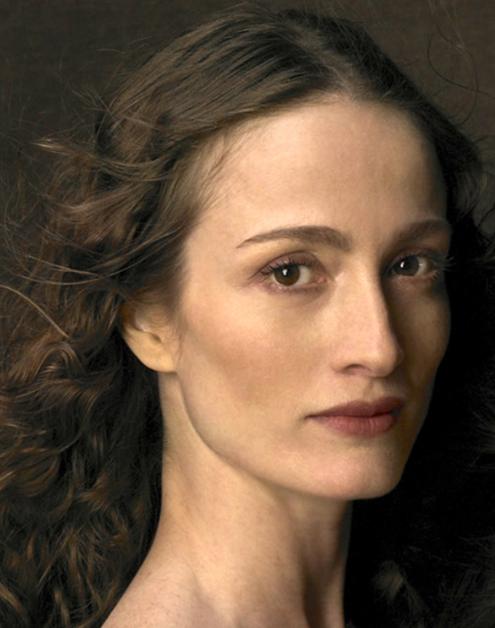Julie Kent: Next Artistic Director at the Ballet
By • March 8, 2016 0 1462

It didn’t take long for the Washington Ballet to find its new artistic director after Septime Webre, who had guided the company for 17 years, announced last month that he would be leaving in June.
They picked superstar ballerina Julie Kent, 46, a much-beloved principal dancer for American Ballet Theatre. After a nearly 30-year performing career, Kent retired last summer in a spectacular last performance in “Romeo and Juliet,” taking her final bows in an avalanche of petals, cheers and some tears.
Known for an intense grace and a magical ability to create and embody characters, Kent didn’t initially jump at the chance. “My first reaction was to think, thank you, I’m flattered for the opportunity, but no thank you,” she said in a phone interview with The Georgetowner.
She and her husband, Victor Barbee, who was also a principal dancer at ABT, were living contentedly in New York, “which we will always call home,” with their two children, William, 11, and Josephine, 6. Kent was still working with the ABT as artistic director of the company’s five-week summer intensive program for young dancers (she will continue in that role through this summer, though her official starting date in D.C. is July 1).
But several things changed her mind. “I talked with friends and confidantes. There was an aspect of returning home. I grew up in the area, in Potomac, went to school here and I began my dance life here at the Academy of the Maryland Youth Ballet in Bethesda. My mother lives here, my sister lives here, so that there is this familial aspect already here,” she said. “And there is a chance to do something important here, to help move Washington Ballet to the next level.”
In this endeavor she will be working with Barbee, who was named associate artistic director.
“We want to enlarge the company [to 40 dancers, at some point] so we can enlarge the repertoire, so that in the near future we will be able to do bigger ballets with bigger resources,” she said. “I want this to become one of the crown jewels among Washington’s cultural and performance institutions. There is no reason that can’t happen. We want to build on the high achievements of Septime Webre. We want to have lofty goals.”
Kent wants to emphasize education and training. As an organization, the Washington Ballet already links its performance season to a training component, community outreach and engagement and a satellite program in Anacostia.
The 2016-2017 season has not been announced, although that “will happen soon. It will be a very quick process, to be sure, and of course, the ‘Nutcracker’ will still be performed at the Warner Theatre.”
Change (and this seems like a major one, both for Kent and for the company) rarely goes as choreographed, but Kent has discovered that “the forward-moving process of life is a comfort as well as a challenge.”
She sees the position as an opportunity where “you can nurture, apply your own vision of dance as an art form that inspires people who encounter it, and make it appealing for the whole community. We want to continue to grow the audience and reach all parts of the Washington community, a process that is ongoing.”
Kent remembers being a 9-year-old supernumerary in a production of “Coppelia” at the Kennedy Center with Mikhail Baryshnikov, who would choose her for the company after seeing her later as a teenager.
She danced over 100 roles in her time at the ABT, almost all of the legendary, classical roles — both the white and black swans, Juliet, Giselle, all to great acclaim — and with the major companies, including the Mariinsky, as a guest artist.
“I think the most difficult thing for a dancer, any dancer, is to come to that point where it is time to stop to think about not performing. Dance is and always has been forever young, and that’s not just the physical aspect, but also the emotional aspect. And when that time comes, when you accept certain things about yourself no matter what you’re able to do, let me tell you this: it is a heartbreak. I don’t mean that in a negative sense. It’s about facing it, embracing it. It’s about love. But it is a heartbreak.
“Doing this is using everything you know, it’s a platform for ideas. It lets you use your artistic voice. And Victor and I have worked together, we are artists together and he knows how dancers achieve clarity of character.”
Even on the telephone in an interview, she seems to have a gift for that clarity of subject, choosing words and sentences carefully but emphatically. Listening, you can almost see her dance

